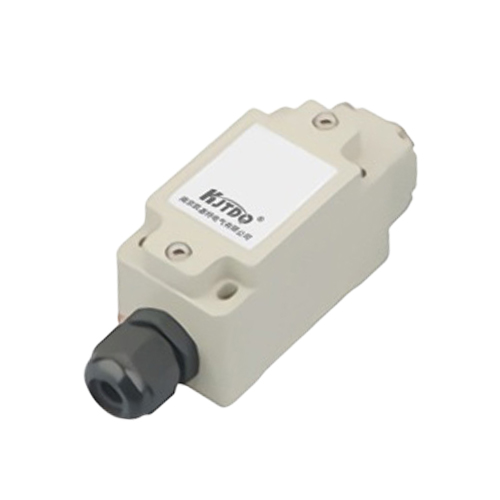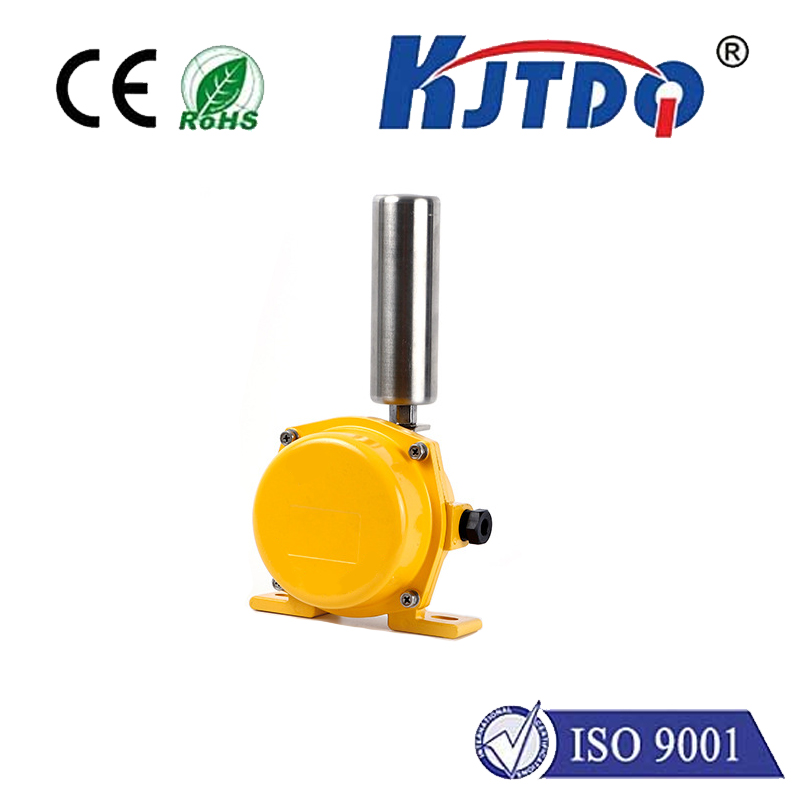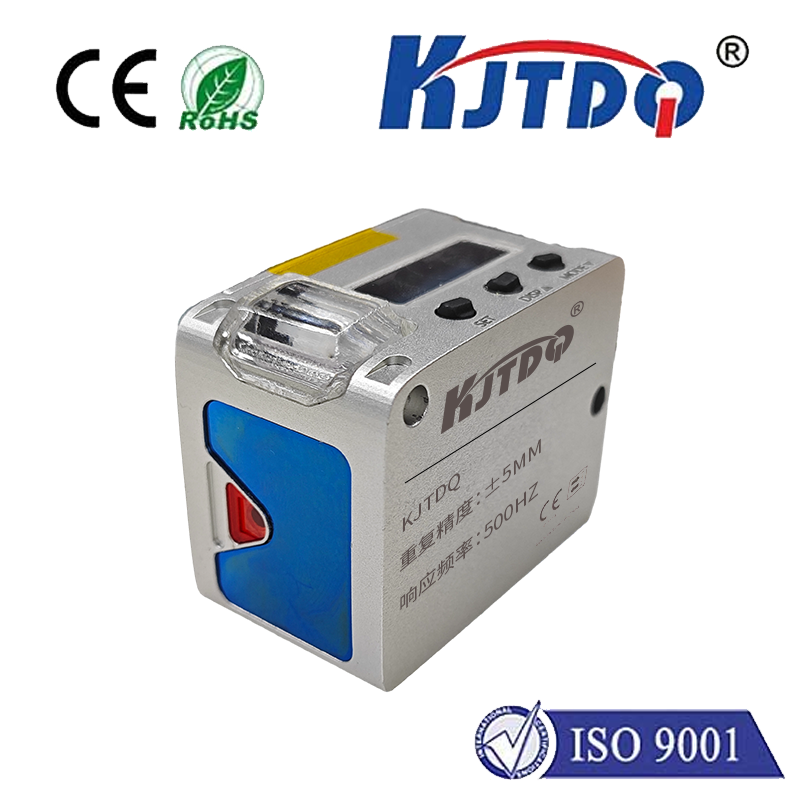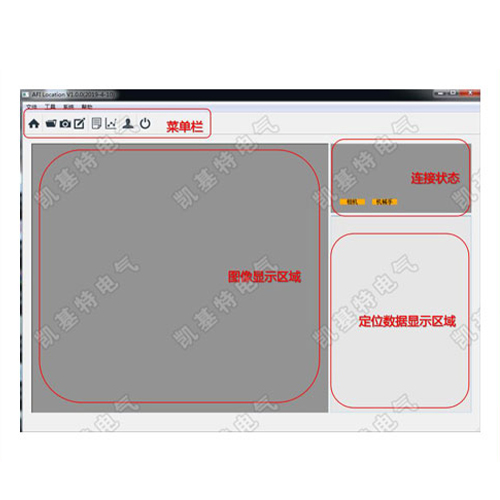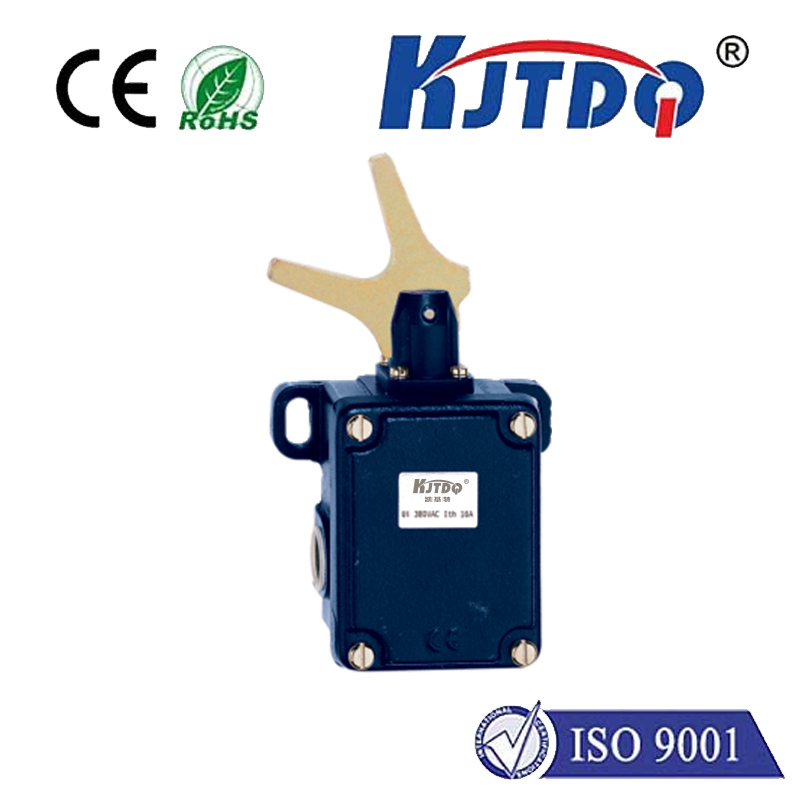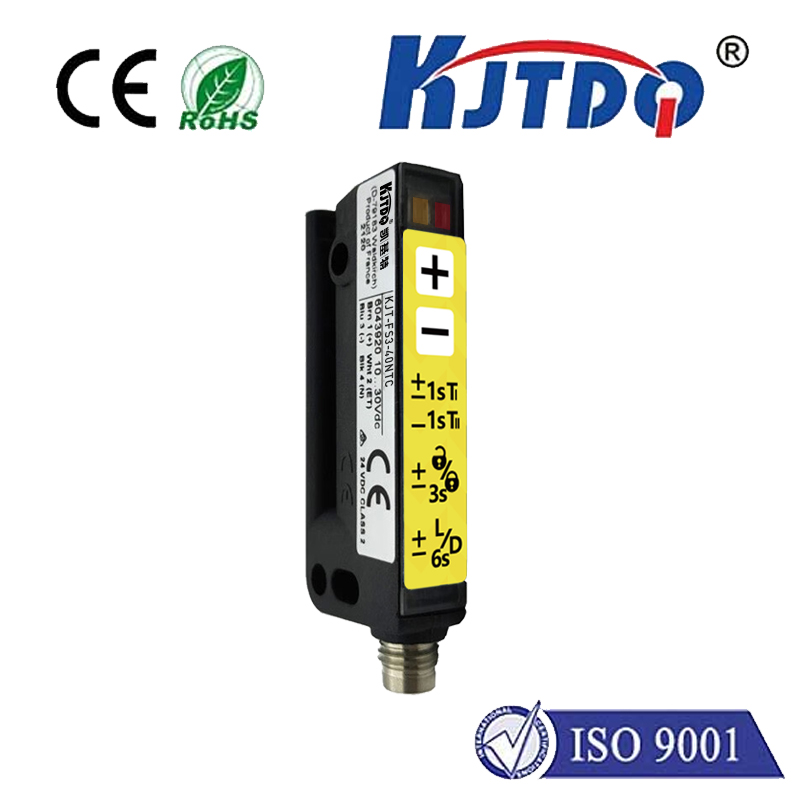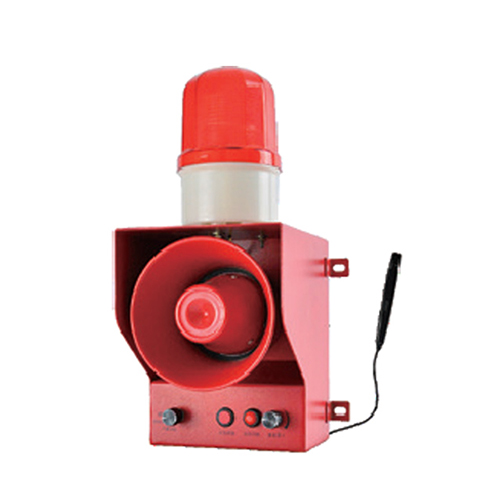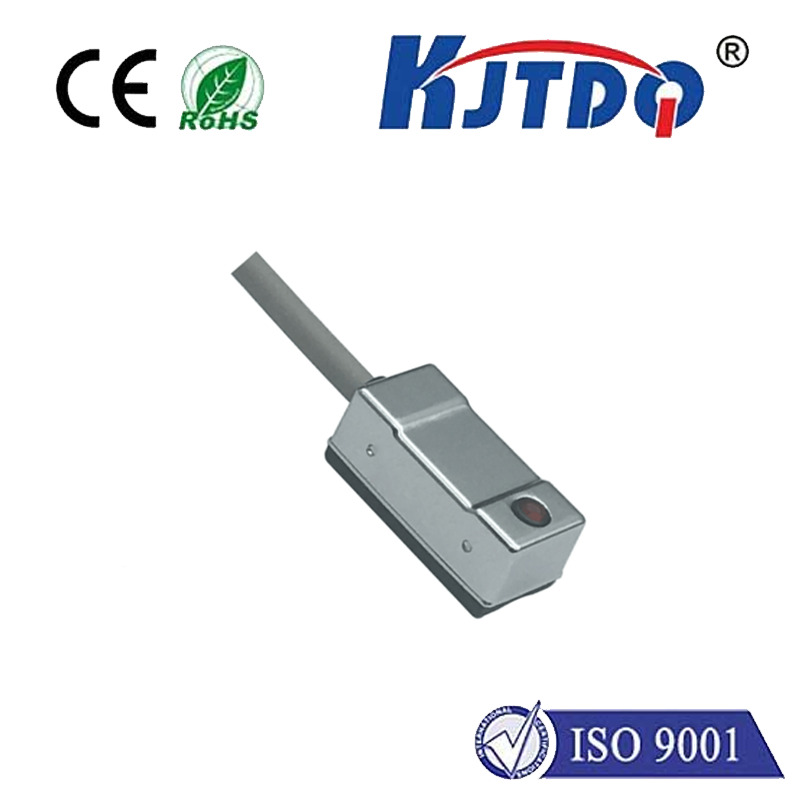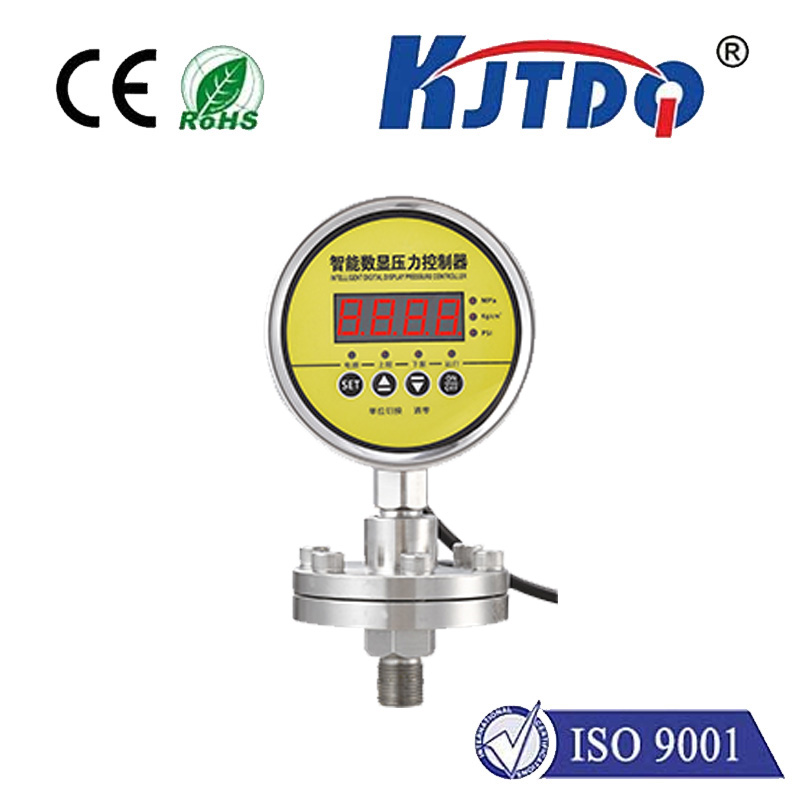ограничительный переключатель печи Атвуд
- time:2025-08-03 01:41:00
- Нажмите:0
The Atwood Furnace Limit Switch: Your RV’s Silent Safety Sentinel
That comforting blast of warm air on a chilly mountain morning or during a crisp desert night is what makes your RV a true home on wheels. Central to delivering that cozy haven is your Atwood furnace. But like any complex system, it relies on intricate components working in harmony. Among the most critical, yet often misunderstood, is the Atwood furnace limit switch. This unassuming device isn’t just a switch; it’s your furnace’s primary safety guardian, tirelessly working to prevent catastrophic overheating and ensure your peace of mind. Understanding its role is vital for every RV owner seeking reliable warmth and safety.
What Exactly Is the Atwood Furnace Limit Switch?
Fundamentally, the limit switch is a thermally activated safety device. Think of it as a highly sensitive thermostat dedicated solely to monitoring the furnace’s internal temperature. Unlike the thermostat controlling your RV’s ambient temperature, the limit switch focuses intently on the heat exchanger – the core chamber where combustion occurs and air is heated.
Its primary mission is straightforward but absolutely critical for safety:
- Prevent Overheating: If the temperature inside the heat exchanger climbs to an unsafe level (typically exceeding a preset threshold, often around 200°F or higher, depending on the specific Atwood model), the limit switch activates.
- Shutdown Sequence: Upon activation, the limit switch interrupts the electrical circuit powering the furnace’s main components. This immediately stops the gas valve from supplying fuel and shuts down the burner. The blower motor usually continues running for a predetermined cycle to dissipate residual heat – a crucial part of the safety process.
- System Lockout: Most modern Atwood furnaces will enter a lockout mode after a limit switch trip. This means the furnace won’t attempt to restart automatically, even if the thermostat calls for heat again. Manual intervention (often a reset procedure or addressing the root cause) is required, preventing repeated, potentially dangerous, restart attempts.
Where Does This Guardian Reside?

Locating the limit switch requires accessing your Atwood furnace’s interior, typically found under a bench, in a storage compartment, or in a dedicated exterior access panel on your RV. Always turn off the furnace’s power supply (both 12V DC and any external 120V AC if applicable) and ensure the unit is cool before attempting any access.
Inside the furnace, the limit switch is strategically mounted directly on or very near the heat exchanger assembly. This placement is non-negotiable – it needs immediate exposure to the hottest air within the furnace to sense potential overheating accurately. You’ll usually identify it as a small, disc-shaped or oblong component with two electrical wires connected, often featuring a small metal sensor probe extending towards the heat source.
Why Would an Atwood Furnace Limit Switch Trip? Understanding Common Causes
A tripped limit switch is a symptom, not the root problem. It’s the furnace’s way of screaming, “Conditions are unsafe; I need help!” Ignoring it simply means your furnace remains offline. Common culprits triggering this vital safety mechanism include:
- Restricted Airflow - The Prime Suspect: This is overwhelmingly the most frequent cause of limit switch trips.
- Blocked Intake/Exhaust Vents: Snow, mud, leaves, debris, or even an overly close camping chair obstructing the exterior furnace vents prevents combustion air from entering and exhaust gases from escaping. This suffocates the furnace, causing rapid heat buildup.
- Clogged Air Filters: Dirty or completely blocked cabin air filters significantly reduce the volume of air flowing over the heat exchanger. Without sufficient airflow to absorb and carry away the generated heat, temperatures inside the heat exchanger soar.
- Obstructed Ductwork: Collapsed, kinked, or severely restricted ducts prevent heated air from circulating effectively out into the RV. This trapped heat backs up into the furnace. Critters nesting in ducts during storage are a surprisingly common issue!
- Undersized/Poor Duct Design (Less Common but Possible): If the furnace was installed with ductwork that’s too small, too long with too many bends, or not properly sealed, it can chronically struggle to move adequate air, leading to frequent overheating.
- Failing Blower Motor: If the blower motor spins too slowly, seizes, or fails entirely, airflow plummets. Even a motor on its last legs with weak bearings can cause insufficient airflow.
- High Altitude Operation (Potential Contributor): While Atwood furnaces are designed for altitude, operating significantly above sea level reduces air density. This can make achieving optimal combustion and airflow slightly more challenging. A furnace already struggling with minor restrictions might trip the limit switch more readily at high altitudes.
- Faulty Limit Switch (Rare but Possible): While designed for longevity, limit switches can theoretically fail mechanically or lose calibration over extreme time and heat cycles. However, always exhaustively check airflow-related causes before suspecting a faulty switch. Replacing a good switch won’t fix an underlying blockage problem.
Troubleshooting a Tripped Atwood Limit Switch: A Systematic Approach
Safety first: Before any troubleshooting steps:
- Turn off the furnace at the thermostat.
- Turn off the furnace’s main power supply (12V DC circuit breaker/fuse panel).
- If connected to shore power, ensure the furnace’s AC breaker is off.
- Allow the furnace ample time to cool completely.
Now, methodically check the common causes:
- Inspect Exterior Vents: Visually confirm both the combustion air intake and exhaust vents on the outside of your RV are completely clear of any obstruction – snow, mud, leaves, insect nests, furniture, etc. Clean thoroughly if needed.
- Check Internal Air Filters: Locate the furnace’s return air intake grille inside your RV (often near the furnace access or centrally located). Remove and inspect the filter. Replace it if it’s dirty or clogged. Running without a filter is strongly discouraged as it allows dust to enter and foul the heat exchanger over time.
- Examine Ductwork: Carefully open accessible duct sections near the furnace. Look for obvious kinks, crushing, disconnected sections, or signs of animal nesting. Feel for significant airflow coming out of the registers when the blower runs (after addressing any immediate trip).
- Listen to the Blower: After ensuring vents and filters are clear, restore power and turn on the furnace. Listen closely. Does the blower motor start promptly? Does it sound like it’s spinning at its normal, relatively high speed? A struggling, slow, or seized motor needs attention.
- The Reset (After Addressing Causes): If you’ve found and cleared a blockage or replaced a filter, the furnace might reset itself on the next thermostat call for heat after the lockout period expires (often 1-2 hours). Some Atwood models have a physical reset button on the limit switch itself – it’s usually a tiny red button. Only attempt to press this reset button after the furnace is completely cool and you are confident you have addressed the airflow obstruction that caused the trip. If the problem persists or you are unsure, seek professional RV furnace repair immediately.
Beyond the Trip: The Critical Importance of the Limit Switch
The Atwood furnace limit switch embodies the principle of “fail-safe” engineering. Its core function isn’t convenience; it’s fundamental safety. By interrupting

